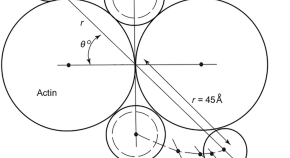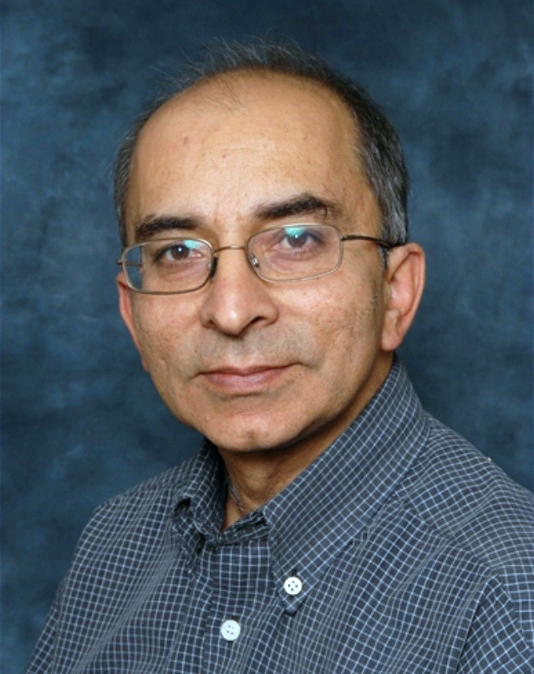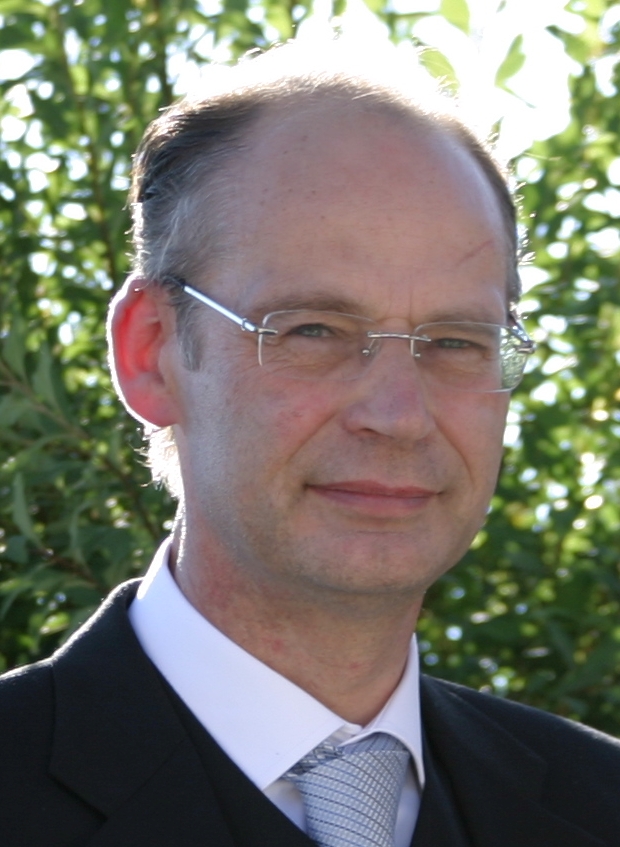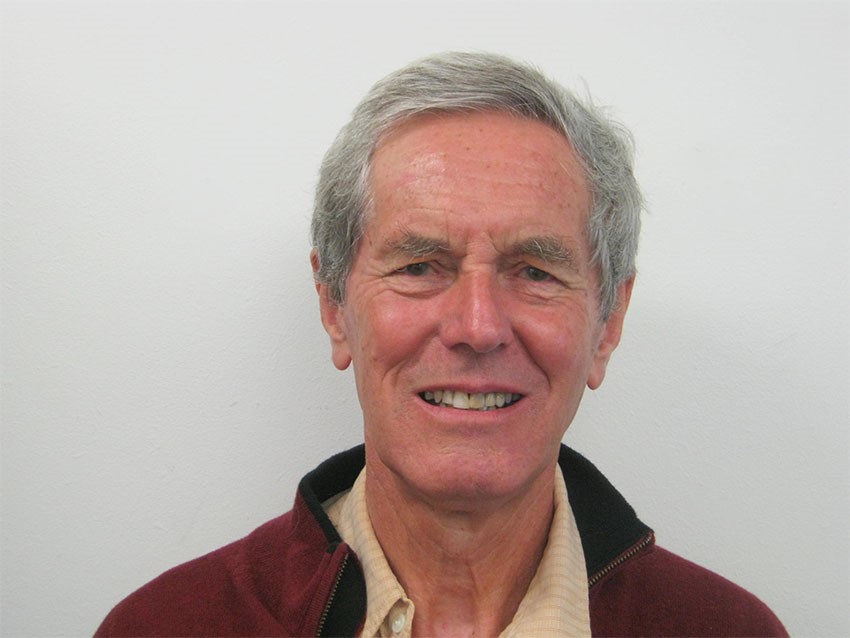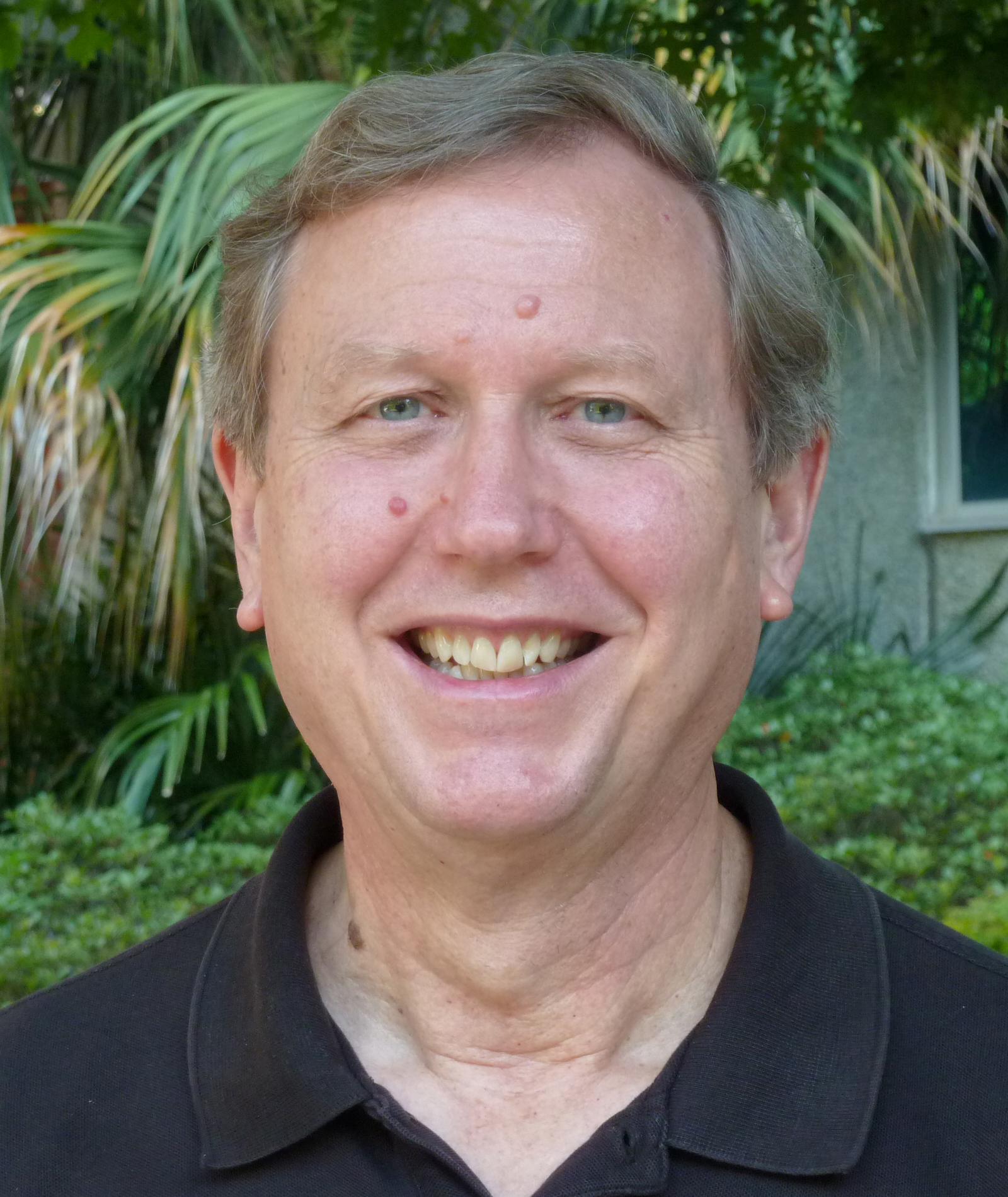Collection
The life and work of Professor John Squire
- Submission status
- Closed
Editors
-
Pradeep Luther
Pradeep Luther obtained his PhD in Biophysics at Imperial College London under the supervision of John Squire. The focus of his research is the molecular structure of muscle sarcomere and its relation to the function. His main technique is electron microscopy, electron tomography and subtomogram averaging to investigate the fine structure of muscle. Pradeep’s special achievements are the discovery of the superlattice in vertebrate muscle and characterization of shrinkage of plastic sections in the electron microscope and its effects on 3D structure. Pradeep is on the editorial board of Biology journal.
-
Ed Morris
Dr Edward Morris specialises in the use of electron microscopy to determine the structure of large protein complexes. After his PhD at Kings College, London, he worked at the Boston Biomedical Research Institute and Kings College before joining John Squire’s group at Imperial College, subsequently moving to John Squire’s newly formed research division in the Imperial College Medical School. In 2006 he moved to the Institute of Cancer Research (ICR), to set up a new electron microscope lab. After retiring from ICR in October 2020 he retains his ICR affiliation as well as being an honorary senior research fellow at Glasgow University.
-
David Parry
Emeritus Distinguished Professor of Biophysics, Vice President of the International Council for Science (ICSU), President of the International Union for Pure and Applied Biophysics (IUPAB), Fellow of the Royal Society of New Zealand, and recipient of the ICI Prize for Excellence in the Chemical Sciences, the Sir Charles Hercus Medal for Biomedical and Health Sciences Research, the inaugural Massey University Research Medal, the Shorland Medal, the Dan Walls Medal, the Rutherford Medal. 240 scientific papers on fibrous proteins, a book on Intermediate Filaments and editor of 11 books or special journal issues.
-
Kenneth Taylor
Kenneth A. Taylor obtained his PhD in Biophysics at U. C. Berkeley in Robert Glaeser’s laboratory, work which started the field of cryoEM. He spent nearly four-years at the MRC Lab. of Molecular Biology applying 3-D image reconstruction to muscle research, which he continued after joining the Duke University Medical Center in 1980 and after relocation to Florida State University in 1995. Among his notable achievements are the first 3-D images of actively contracting muscle, the first structure of the inhibiting interaction between myosin heads, and recently the first atomic resolution structure of the -helical coiled-coil domain of myosin.
Articles (11 in this collection)
-
-
Obituary: Professor John Michael Squire
Authors
- Edward P. Morris
- Carlo Knupp
- Pradeep K. Luther
- Content type: Obituary
- Published: 04 September 2023
- Pages: 125 - 132
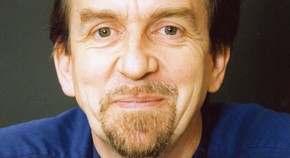
-
Zebrafish as a model for cardiac disease; Cryo-EM structure of native cardiac thin filaments from Danio Rerio
Authors (first, second and last of 9)
- Marston Bradshaw
- John M. Squire
- Danielle M. Paul
- Content type: Original Paper
- Open Access
- Published: 22 July 2023
- Pages: 179 - 192

-
The vertebrate muscle superlattice: discovery, consequences, and link to geometric frustration
Authors
- Rick P. Millane
- Pradeep K. Luther
- Content type: Review Paper
- Open Access
- Published: 13 May 2023
- Pages: 153 - 163

-
Crystallisation and characterisation of muscle proteins: a mini-review
Authors
- Lata Govada
- Naomi E. Chayen
- Content type: Mini Review
- Open Access
- Published: 03 May 2023
- Pages: 209 - 215

-
Cryo-electron tomography of intact cardiac muscle reveals myosin binding protein-C linking myosin and actin filaments
Authors (first, second and last of 13)
- Xinrui Huang
- Iratxe Torre
- Pradeep K. Luther
- Content type: Original Paper
- Open Access
- Published: 28 April 2023
- Pages: 165 - 178

-
John Squire and the myosin thick filament structure in muscle
Authors
- Kenneth A. Taylor
- Content type: Review
- Published: 26 April 2023
- Pages: 143 - 152

-
The predominant stride-frequency for routine swimming in catsharks (Scyliorhinus canicula) generates high power at high efficiency in the red musculature
Authors
- Timothy G. West
- Nancy A. Curtin
- Roger C. Woledge
- Content type: OriginalPaper
- Open Access
- Published: 23 November 2022
- Pages: 193 - 199

-
John squire and endothelial glycocalyx structure: an unfinished story
Authors (first, second and last of 7)
- Kenton P. Arkill
- C. Charles Michel
- Abigail L. Kinnaird
- Content type: Review
- Open Access
- Published: 19 October 2022
- Pages: 217 - 223

-
Recent studies of the molecular mechanism of lusitropy due to phosphorylation of cardiac troponin I by protein kinase A
Authors
- Steven Marston
- Content type: Review
- Open Access
- Published: 21 September 2022
- Pages: 201 - 208

-
50 Years of the steric-blocking mechanism in vertebrate skeletal muscle: a retrospective
Authors
- David A. D. Parry
- Content type: Review
- Open Access
- Published: 05 July 2022
- Pages: 133 - 141
